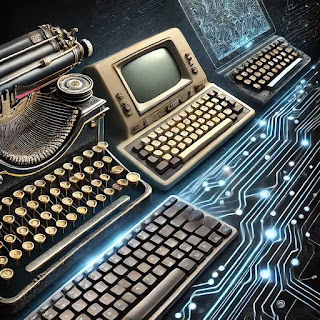The Power of a Single Vote: How to Elect the Right Leader for a Better Future

In the journey of human history, democracy stands as one of the most profound achievements, empowering citizens to have a say in their governance. However, democracy wasn’t simply handed down—it was earned through centuries of struggle, protests, revolutions, and sacrifices. Today, many enjoy the privilege to vote, but with this power comes great responsibility. Each vote carries immense weight, shaping the future of communities, nations, and generations to come. What is Democracy? At its core, democracy is a system of government where power rests in the hands of the people. Citizens participate either directly in decision-making or, more commonly, through elected representatives. This means that individuals have the ability to choose their leaders, influence policy, and hold government officials accountable. It is a process that reflects the values of equality, freedom, and justice. The Struggles to Gain Democracy The road to democracy has not been smooth. Historically, societie...





